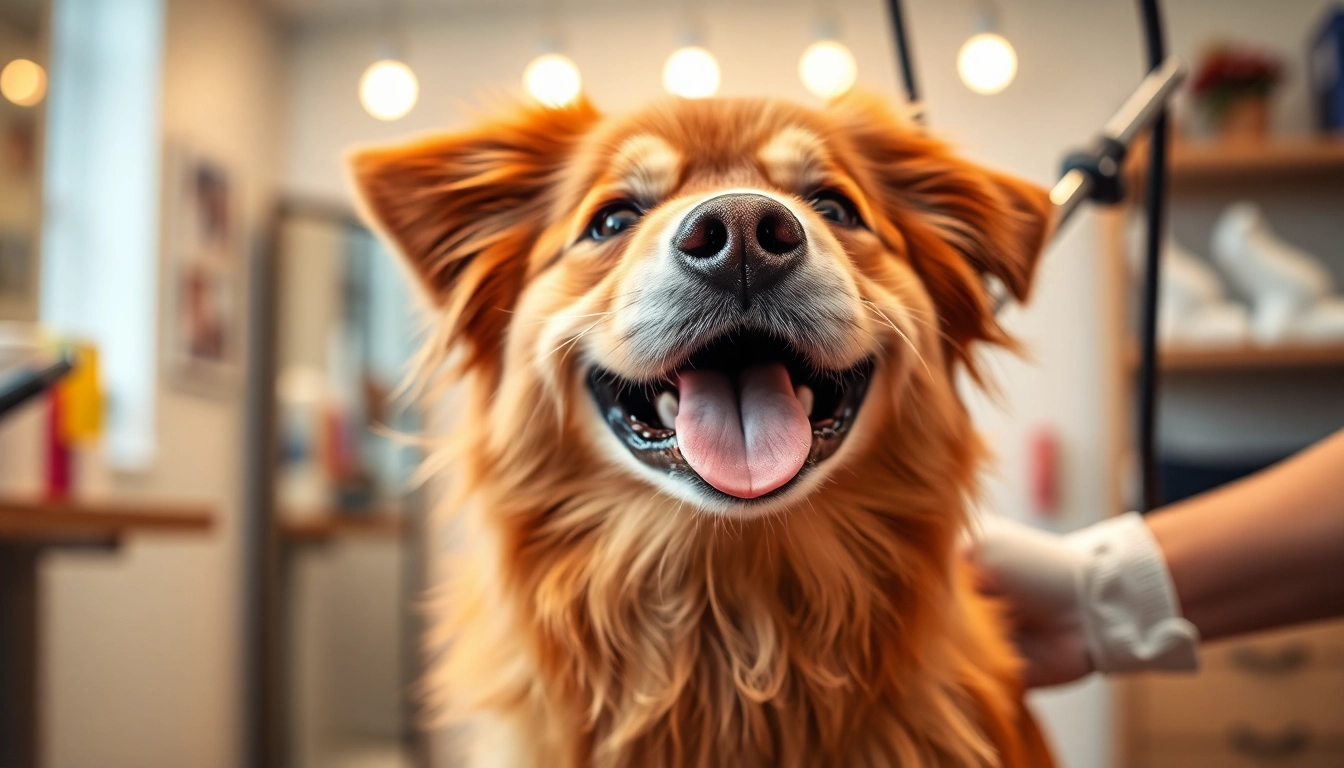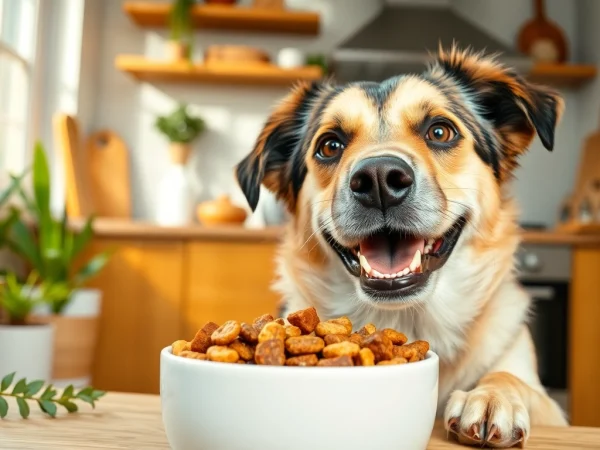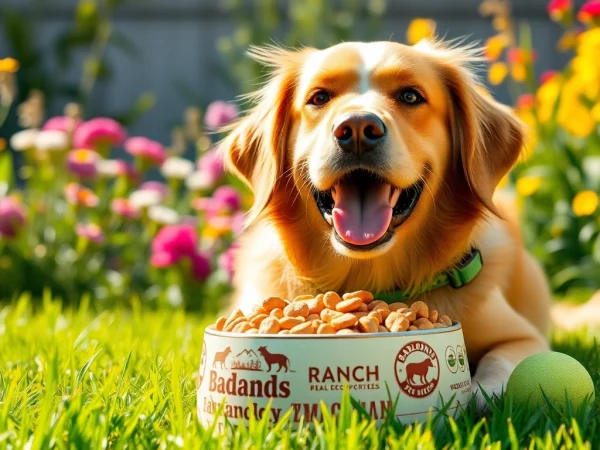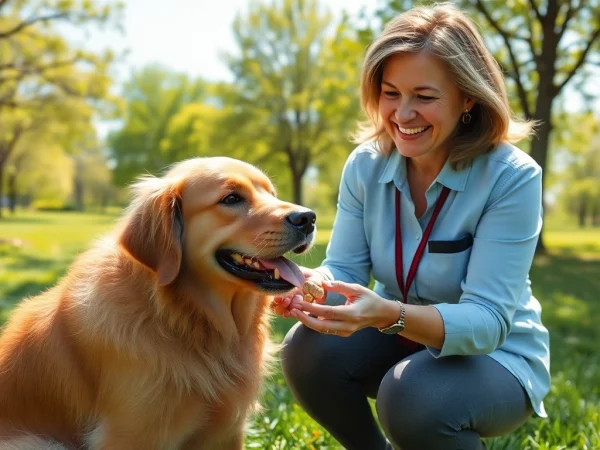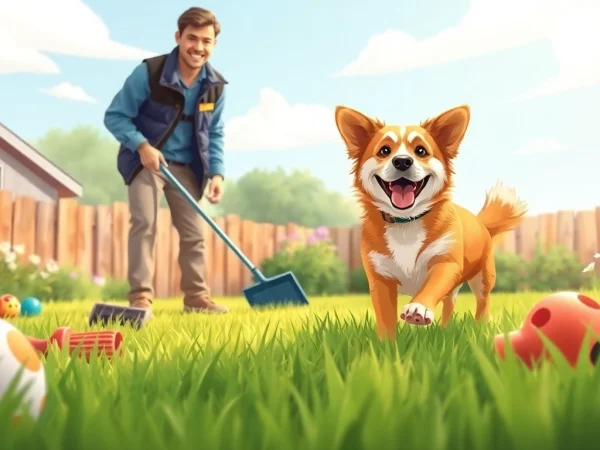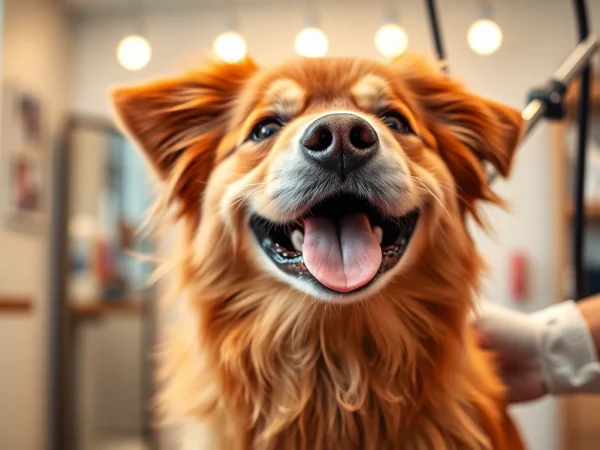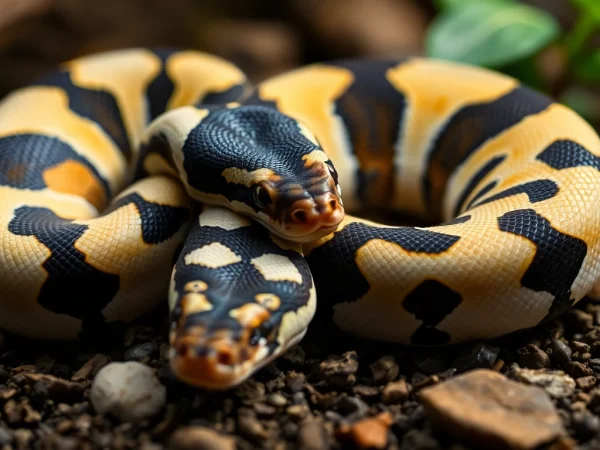Essential Pet Grooming Items for a Healthy and Happy Dog
Understanding Pet Grooming
Pet grooming is an essential aspect of pet care that goes beyond simple aesthetics. Grooming not only helps maintain a pet’s appearance but also plays a crucial role in health and hygiene. Regular grooming helps in early detection of skin problems, parasites, and other health issues that may go unnoticed without proper care. By investing in quality pet grooming items, pet owners can ensure that their furry companions are not only looking their best but also feeling their best.
The Importance of Regular Grooming
Regular grooming serves several important purposes:
- Health Monitoring: Grooming allows pet owners to check their pets for any abnormalities such as lumps, bumps, or skin irritations.
- Reduced Shedding: Frequent brushing can help reduce loose fur and minimize shedding, making it easier to keep the home clean.
- Prevention of Matting: Long-haired breeds particularly benefit from regular grooming as it prevents tangles and mats that can lead to skin issues.
- Improved Circulation: Brushing stimulates the skin’s natural oils, which promotes a healthy and shiny coat.
- Bonding Time: Grooming provides a wonderful opportunity for bonding between the pet and owner, fostering trust and companionship.
Common Grooming Challenges
While grooming is essential, it can come with its own set of challenges:
- Anxiety and Fear: Some pets may be anxious about grooming, making it difficult for owners to perform essential tasks like bathing and nail trimming.
- Skin Sensitivity: Certain breeds may have delicate skin that can be easily irritated by brushes or grooming tools.
- Time Commitment: Busy schedules can make it hard to prioritize regular grooming, leading to neglected grooming needs.
- Matting in Long-haired Breeds: Pets with long hair can develop mats that not only look unattractive but can also cause discomfort and health issues.
Choosing the Right Grooming Schedule
Determining the ideal grooming schedule depends on several factors such as the type of pet, the breed, and individual needs:
- Short-Haired Breeds: These dogs typically require less frequent grooming, often needing it once a week.
- Long-Haired Breeds: Regular grooming every few days or weekly is crucial to prevent tangles and mats.
- Shedding Seasons: Many pets experience seasonal shedding, which may necessitate more frequent grooming during those times.
- Health Conditions: Pets with specific health issues or sensitivities may require customized grooming schedules.
Top Pet Grooming Items You Need
Equipping yourself with the right grooming tools can make the grooming process easier and more effective. Here are some essential items every pet owner should consider:
Must-Have Brushes and Combs
Choosing the right brush or comb is fundamental to effective grooming:
- Slicker Brushes: Ideal for detangling and removing loose fur, especially in long-haired breeds.
- Bristle Brushes: Good for short-haired pets, helping to distribute natural oils for a healthy coat.
- Combs: Use wide-tooth combs for detangling and finer combs for finishing touches.
- De-shedding Tools: Perfect for managing excessive shedding in heavy-coated breeds.
Effective Bathing Supplies
Bathing is a critical component of grooming that requires the right supplies:
- Pet Shampoo: Look for formulas specifically designed for pets, avoiding human shampoos that can cause skin irritation.
- Conditioner: Helps maintain coat hydration, especially in dogs with longer hair.
- Bathing Tools: A detachable shower head or pet-specific bath sprayer can make rinsing much easier.
- Towels: Investing in super-absorbent towels can help speed up drying time.
Tools for Nail Care and Ear Cleaning
Nail and ear care are often overlooked yet essential parts of grooming:
- Nail Clippers: Choose between scissor-style and guillotine-style clippers depending on your comfort level.
- Nail Grinders: A quieter alternative to clippers which can be less intimidating for your pet.
- Ear Cleaners: Use pet-friendly ear cleaning solutions to maintain ear hygiene and prevent infections.
- Cotton Balls or Pads: Essential for applying ear cleaners and wiping away unnecessary build-up.
How to Use Pet Grooming Items Correctly
Using grooming items effectively is key to achieving the best results. Wielding your tools properly not only improves efficiency but also ensures the safety and comfort of your pet.
Grooming Techniques for Different Breeds
Different breeds require specialized grooming techniques:
- For Short-Haired Breeds: Use a rubber grooming glove to remove loose hair while massaging the coat.
- For Double-Coated Breeds: Employ an undercoat rake to manage the dense undercoat and a slicker brush for the outer coat.
- For Long-Haired Breeds: Section the coat while brushing to prevent tangles and ensure thoroughness.
Step-by-Step Bathing Guide
Bathing your pet can be an enjoyable experience for both of you with the right approach:
- Prepare the Bath: Gather all supplies—shampoo, conditioner, towels—and adjust the water temperature.
- Wet the Coat: Use a handheld sprayer to wet the coat thoroughly, avoiding the head at first.
- Apply Shampoo: Work the shampoo into the coat, focusing on areas that are particularly dirty, like paws and belly.
- Rinse Well: Ensure all shampoo is removed, as residues can irritate the skin.
- Condition (Optional): If using conditioner, apply it now according to product instructions.
- Dry Your Pet: Use towels to dry off as much water as possible before letting the pet dry naturally or using a pet-safe dryer.
Nail Trimming Best Practices
Nail care is crucial for your pet’s comfort and health:
- Get Comfortable: Begin by gently handling your pet’s paws to ensure they are relaxed.
- Use the Right Tool: Select a nail clipper suitable for your pet’s size and breed.
- Know Where to Cut: Avoid cutting into the quick, which is sensitive and can bleed; generally, trim the tips of the nails.
- Reward After Trim: Preferably provide a treat after each nail to condition your pet positively towards nail trimming.
DIY Grooming vs. Professional Services
Choosing between DIY grooming and professional services depends on several factors, including time, experience, and your pet’s specific needs.
When to Opt for Professional Grooming
While many owners prefer the DIY route, there are instances where professional grooming is advisable:
- Complex Breeds: Dogs with intricate grooming needs, such as Poodles or Shih Tzus, may benefit from the expertise of a professional groomer.
- Severe Matting: If a dog’s coat is severely matted, a professional can safely remove it.
- Specialized Services: Services like breed-specific cuts, clipping, or styling may require a groomer’s expertise.
- Vaccination Requirements: Many groomers also ensure pets are up-to-date on vaccinations, adding an extra layer of safety.
Cost Analysis: DIY vs. Professional
Assessing the cost of grooming can help you decide which route to take:
- DIY Costs: Purchasing grooming tools initially can be a significant investment (brushes, clippers, shampoos) but will save money in the long run.
- Professional Costs: Professional grooming can range from $30 to $90 or more, depending on services provided and the size of the dog.
- Time vs. Money: If you have a busy schedule, professional services can save you time and offer better quality grooming.
Tips for Finding a Good Groomer
Finding a reliable and skilled groomer is essential for ensuring your pet is well cared for:
- Ask for Recommendations: Seek suggestions from fellow pet owners or your veterinarian.
- Check Reviews: Look for online reviews and testimonials about local groomers.
- Visit the Salon: Drop by for an inspection; cleanliness and friendliness are good indicators of quality service.
- Inquire About Experience: Ask about the groomer’s experience and types of pets they regularly handle.
Maintaining Your Pet Grooming Items
Caring for your grooming tools is crucial to ensure they last and remain effective. Neglecting maintenance can lead to ineffective grooming and potential harm to your pet.
Cleaning and Sanitizing Tools
Proper cleaning of grooming tools prevents the spread of bacteria and ensures a safe grooming experience:
- Brushes and Combs: Remove hair after each use, and wash in warm, soapy water regularly.
- Nail Clippers: Wipe the blades clean after use and disinfect with rubbing alcohol.
- Bathing Supplies: Store shampoos and conditioners in a cool, dry place and check expiration dates.
Storing Grooming Supplies Safely
How you store your grooming items can prolong their lifespan:
- Visible Storage: Keep grooming items in a location that allows you to see what you have and grabs your attention when it’s time to groom.
- Use Containers: Consider bins or baskets to keep items organized and free from dust.
- Pet-safe Storage: Ensure that none of the items can harm your pet, such as toxic grooming products or sharp tools.
Signs When to Replace Grooming Items
Knowing when to replace your grooming tools is crucial for effective grooming:
- Brittle Brushes: If brush bristles are bending or falling out, it’s time for a new one.
- Worn Clippers: If clippers are not cutting smoothly, the blades may need replacement or sharpening.
- Expired Products: Always replace grooming products that have passed their expiration dates for safety and efficacy.
In conclusion, keeping your pet groomed is an important part of their overall health and well-being. Using the right pet grooming items and establishing a solid grooming routine can enhance your pet’s quality of life while also fostering a loving bond between you and your furry friend. Invest time in learning grooming techniques that suit your pet’s needs and regularly evaluate the tools you are using to ensure effective grooming practices.
